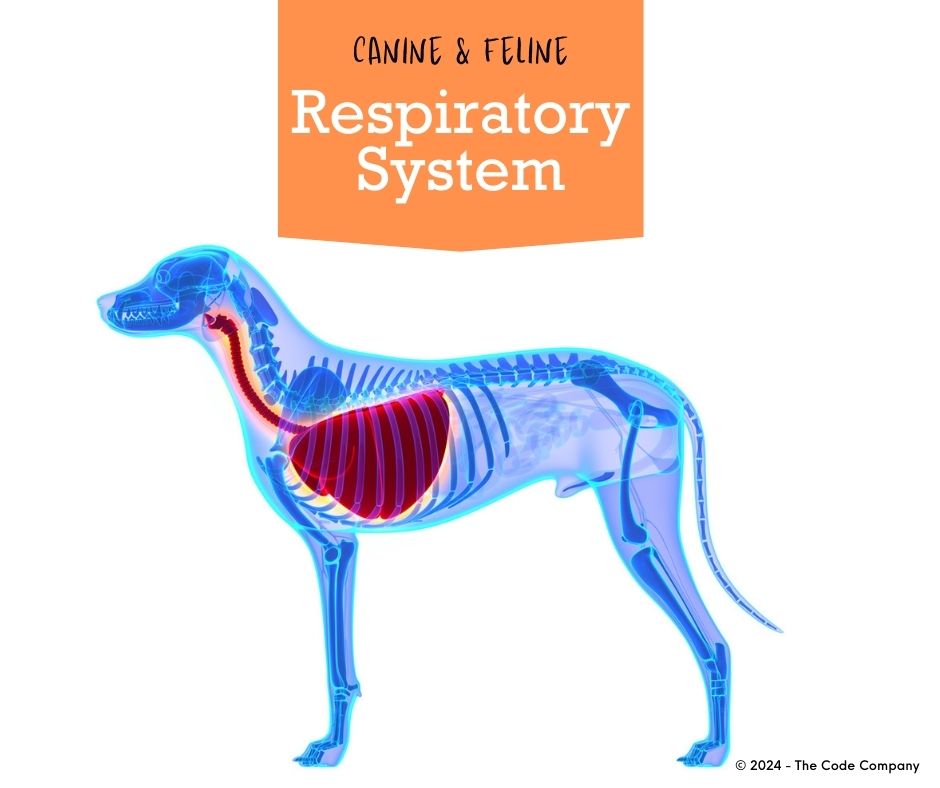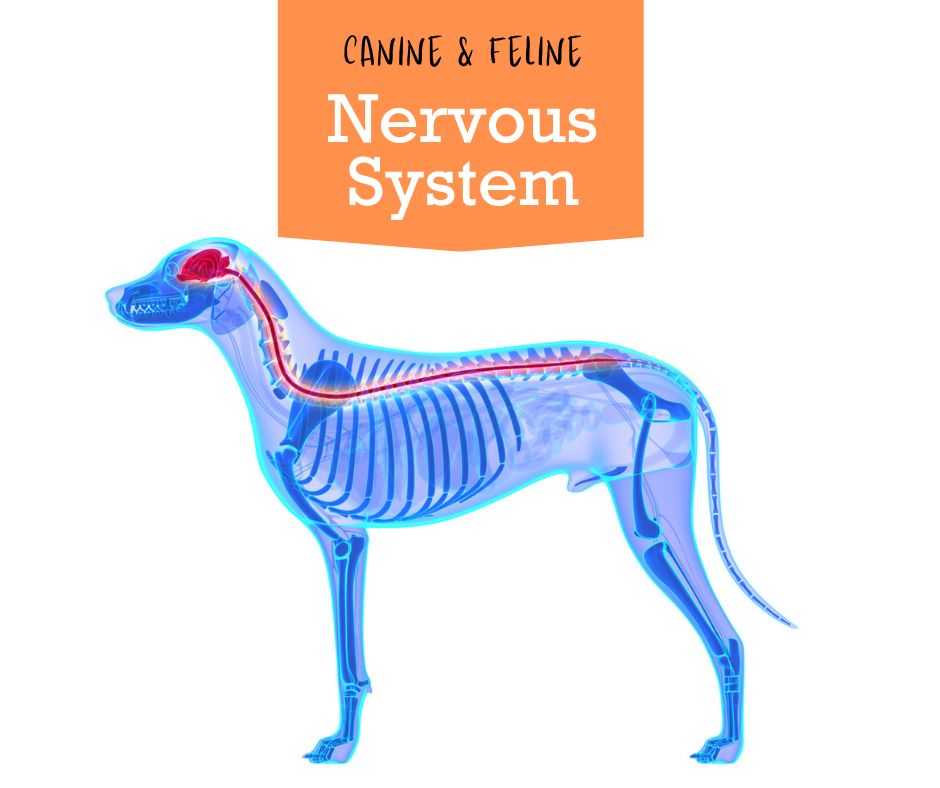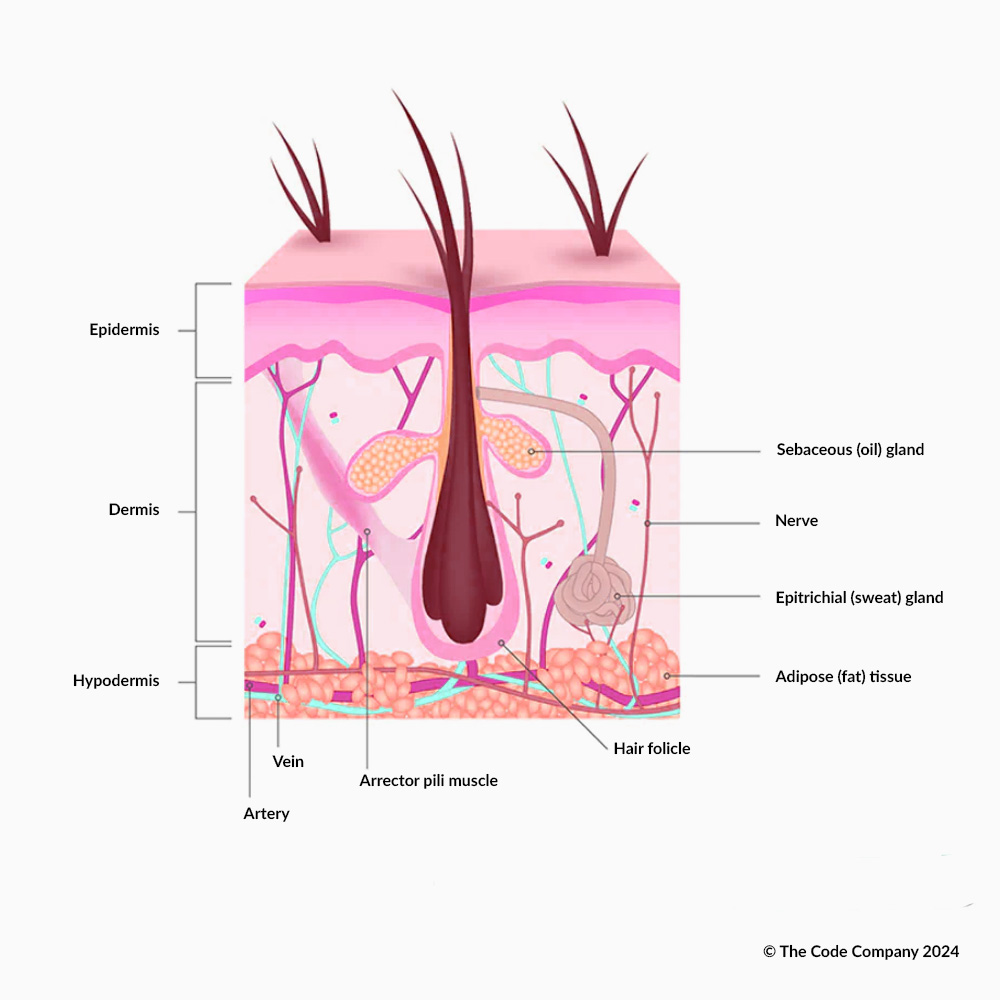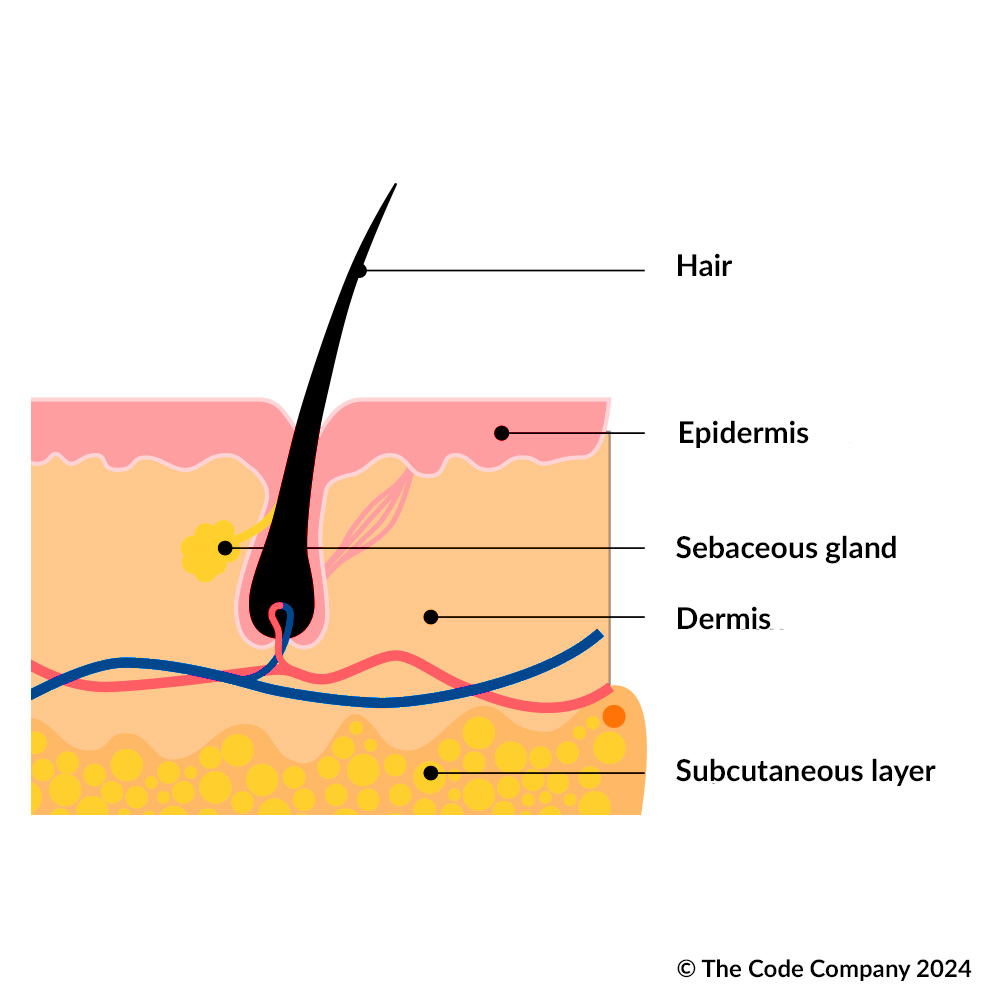




Consulting Hours
| Mondays - Fridays | 08:00 - 11:00 and 15:00 - 18:00 |
| Saturdays | 08:00 - 11:00 |
| Sundays | (Emergencies Only) |
Contact Us
| Telephone number | 044 698 1815 |
| Fax number | 044 698 1858 |
| Email address | danabaaivet@gmail.com |
| Emergencies |
082 820 4810
|
The canine and feline immune system affects each and every system and cell in their body. It is a barrier of detection and elimination that stands narrowly between the healthy cells of the body and invading organisms like viruses, bacteria, parasites, cancer cells, pollen or food molecules. The immune system is the body’s defence against illness, disease, infection and allergies, and it has a few mechanisms of protection against pathogens that may attack a healthy animal. In our previous article on the female reproductive system of dogs and cats, we showed how a complex system of reproductive organs and hormones work together to facilitate fertilisation, gestation and birth. The male reproductive system in dogs and tomcats also consists of a variety of organs and hormones that work together to facilitate fertilisation and to ensure the perpetuation of the species. It influences many of the males’ behaviours, making a good case for neutering when owners of male dogs and cats do not intend to breed with their pets. Dogs and cats are placental mammals that carry their foetuses in the uterus to full term, giving birth to a litter of live offspring that are almost fully developed. Offspring are initially fed on milk secreted by the bitch or queen’s mammary glands, with puppies and kittens suckling on the five or four pairs of teats, respectively.
The reproduction process requires a number of different organs, hormones and events that all work together in a system, to produce puppies and kittens. In this article, we’ll explore the components and functions of the female reproductive system, the disorders that can affect reproduction, and what to look out for when problems affect the reproductive organs. The musculoskeletal system of dogs and cats is a complex, multi-part, multi-functioning system that gives animals their shape, size, health, flexibility and speed. It can be fed and protected to turn a dog or cat into a biological machine… or it can become painfully dysfunctional, affecting their health and quality of life. The lymphatic system is one of the lesser talked-about, but equally important systems in your pet’s body. It works alongside the circulatory function of the cardiovascular system, the elimination function of the digestive system and the defence function of the immune system. There are several important organs in your pet’s body that make up the lymphatic system and its network of vessels, ducts, lymphatic fluid, lymphocytes and lymph nodes. The cardiovascular system comprises the heart (cardio) and veins (vascular) that pump and transport oxygenated and deoxygenated blood throughout the body. While the respiratory system is responsible for bringing oxygen into- and carrying carbon dioxide out of the blood, it’s the heart and veins that circulate the oxygen throughout the body. Just like humans, dogs’ and cats’ cardiovascular system performs the same function, is also controlled by the autonomic nervous system and is also susceptible to disorder and disease. Breathing is an essential function of life, but it is just one function of the respiratory system in our pets. The respiratory system brings air into your dog or cat’s body, humidifies that life-giving air, heats it up and filters it, and then uses the components of that air to energise cells and balance the body’s pH levels. It then removes the resultant waste products. All of this is done involuntarily – your pet doesn’t have to think about breathing; it just happens. As we explore the bodily systems of our furry and purry friends, there is one system without which all the others would not be able to function: the nervous system. The nervous system consists of the brain, spinal cord and all the nerves and connective tissue that runs between them and the rest of the body’s organs. Think of the nervous system not only as the electrical wiring that powers the house, but with its own power source and smart system – the brain – that maintains equilibrium in every room. Your dog’s skin and coat make up a multi-functional super system. They are a barrier of protection, a convenient thermostat and water meter, as much as they are a barometer of your dog’s internal health. Your dog’s skin and coat also function as his largest sensory organ, as well as a very important communication tool.
In this article, we’ll explore the structure and function of the canine skin and coat. We’ll suggest ways to keep your dog’s skin and coat healthy, discuss the symptoms of an unhealthy skin and coat, issues that may arise and when to see the veterinarian as a result. Your cat’s skin and coat make up a multi-functional super system. They are a barrier of protection, a convenient thermostat and water meter, as much as they are a barometer of your cat’s internal health. Your cat’s skin and coat also function as her largest sensory organ, as well as a very important communication tool.
In this article, we’ll explore the structure and function of the feline skin and coat. We’ll suggest ways to keep your cat’s skin and coat healthy, discuss the symptoms of an unhealthy skin and coat, issues that may arise and when to see the veterinarian as a result.
All | Breeding | Dental | Diet | Disease | Emergency | Eye | General | Heart | Illness | Joints | Lifestyle | Skin | Symptoms | Worms
The canine and feline immune system

The canine and feline immune system affects each and every system and cell in their body. It is a barrier of detection and elimination that stands narrowly between the healthy cells of the body and invading organisms like viruses, bacteria, parasites, can
The immune system of dogs and cats
Canine and feline male reproductive system

In this article, we list the organs and functions of the male reproductive system in dogs and cats, the disorders that can affect the reproductive organs
Canine and feline female reproductive system

In this article, we explain the components and functions of the female reproductive system, the disorders that can affect reproductive organs, and how the vet treats the reproductive health of female dogs and cats.
Canine and feline musculoskeletal system

In this article, we'll explore the components of the musculoskeletal system, its various functions, and what happens when things go wrong. We'll also give you some tips on how to protect and your pet's musculoskeletal system from young to old.
The canine and feline lymphatic system

In this article, we’ll explore what the lymphatic system does, the organs of the lymphatic system and where they are located, and what happens when there is a malfunction or disorder in the lymphatic system or any of the lymphatic organs.
The canine and feline cardiovascular system

In this article, we'll explore the organs of the cardiovascular system, its function and how it works, as well as problems that arise in the cardiovascular system and how they affect our pets.
The respiratory system of dogs and cats

Breathing is an essential function of life, but it is just one function of the respiratory system in our pets. The respiratory system brings air into your dog or cat’s body, humidifies that life-giving air, heats it up and filters it, and then uses the
Nervous system

The canine and feline nervous system
The canine skin and coat

Your dog's skin and coat
The feline skin and coat

Your cat's skin and coat system